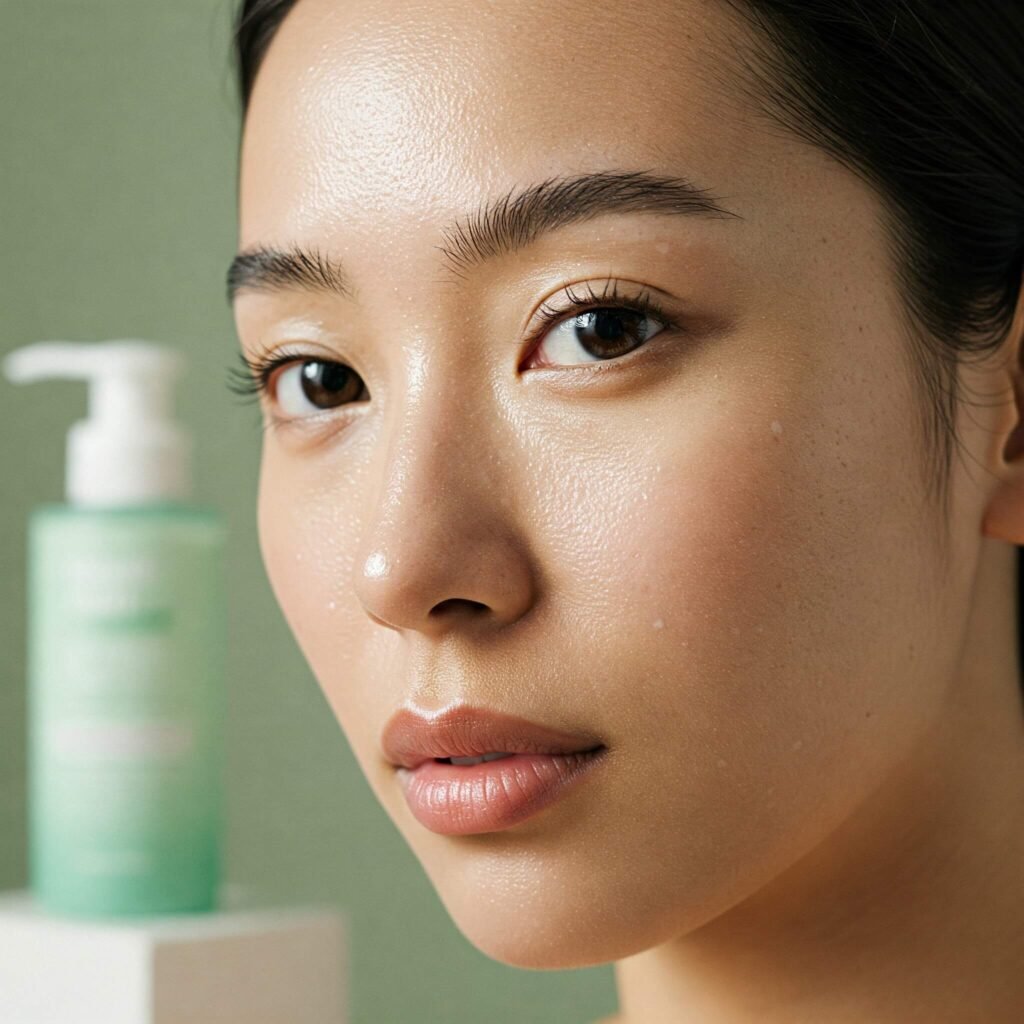Acne treatment is a topic that resonates with millions seeking clearer, healthier skin. Whether you’re battling occasional breakouts or chronic acne, finding effective solutions can transform your confidence and skin health. This blog dives into the best acne treatments, backed by expert insights, real-world examples, and actionable tips to help you achieve radiant skin.
Introduction to Acne Treatment
Acne affects people of all ages, from teens to adults, and can stem from various causes like hormonal changes, stress, or genetics. Effective acne treatment not only clears blemishes but also prevents future breakouts, leaving your skin smooth and vibrant. In this guide, we’ll explore proven acne solutions, from over-the-counter products to lifestyle changes, ensuring you find the right approach for your skin type.

Why Acne Treatment Matters
Acne isn’t just a cosmetic issue—it can impact self-esteem and mental health. According to a 2021 study by the American Academy of Dermatology, 85% of people aged 12-24 experience acne, and many carry it into adulthood. Proper acne treatment can reduce inflammation, prevent scarring, and promote long-term skin health.
Common Causes of Acne
Understanding acne’s root causes helps tailor effective treatments. Here are the main culprits:
- Hormonal Fluctuations: Puberty, menstruation, or stress can trigger excess oil production.
- Clogged Pores: Dead skin cells and sebum block hair follicles, leading to pimples.
- Bacteria: Propionibacterium acnes thrives in clogged pores, causing inflammation.
- Diet and Lifestyle: High-glycemic foods or poor skincare habits can worsen acne.
Outbound Link: American Academy of Dermatology on Acne Causes
Top Acne Treatment Solutions
Here’s a breakdown of the most effective acne treatment options, from topical products to professional interventions.
1. Over-the-Counter Acne Treatments
OTC products are a great starting point for mild to moderate acne. Look for ingredients like:
- Benzoyl Peroxide: Kills acne-causing bacteria and reduces inflammation (e.g., Neutrogena On-the-Spot Acne Treatment).
- Salicylic Acid: Exfoliates dead skin cells to unclog pores (e.g., CeraVe Acne Foaming Cream Cleanser).
- Retinoids: Promote cell turnover to prevent clogged pores (e.g., Differin Gel).
Real-World Example: Sarah, a 25-year-old teacher, struggled with hormonal acne. After using a salicylic acid cleanser and benzoyl peroxide spot treatment for 6 weeks, she noticed a 70% reduction in breakouts.
Outbound Link: WebMD on OTC Acne Treatments
2. Prescription Acne Treatments
For severe or persistent acne, consult a dermatologist for prescription options like:
- Oral Antibiotics: Reduce bacteria and inflammation (e.g., Doxycycline).
- Isotretinoin: A powerful option for cystic acne (e.g., Accutane).
- Topical Retinoids: Stronger than OTC versions (e.g., Tretinoin).
Tip: Always pair prescriptions with a gentle skincare routine to minimize irritation.

3. Natural Acne Remedies
If you prefer holistic approaches, these natural acne treatments can complement your routine:
- Tea Tree Oil: A natural antiseptic that reduces redness (dilute before use).
- Aloe Vera: Soothes inflammation and hydrates skin.
- Green Tea Extract: Contains antioxidants to fight acne-causing bacteria.
Actionable Takeaway: Mix a drop of tea tree oil with a carrier oil like jojoba and apply it to blemishes nightly.
Outbound Link: Healthline on Natural Acne Remedies
4. Lifestyle Changes for Acne Treatment
Your daily habits play a huge role in acne treatment success. Try these tips:
- Cleanse Twice Daily: Use a gentle, non-comedogenic cleanser.
- Stay Hydrated: Drink 8-10 glasses of water daily to support skin health.
- Eat a Balanced Diet: Limit dairy and sugary foods, which can trigger breakouts.
- Manage Stress: Practice yoga or meditation to lower cortisol levels.

Building an Acne Treatment Skincare Routine
A consistent skincare routine is key to effective acne treatment. Follow these steps:
- Cleanser: Use a gentle, acne-fighting cleanser morning and night.
- Treatment: Apply an OTC or prescription product targeting acne.
- Moisturizer: Hydrate with a non-comedogenic moisturizer to prevent dryness.
- Sunscreen: Protect your skin with SPF 30+ daily, as some treatments increase sun sensitivity.
Pro Tip: Patch-test new products to avoid irritation, and introduce one product at a time.
When to See a Dermatologist for Acne Treatment
If OTC treatments don’t work after 8-12 weeks or you’re dealing with cystic acne, consult a dermatologist. They can recommend advanced acne treatments like chemical peels, laser therapy, or hormonal treatments for women.
Outbound Link: Mayo Clinic on When to See a Dermatologist
Conclusion: Your Path to Clearer Skin
Acne treatment is a journey, but with the right solutions, you can achieve clearer, healthier skin. Whether you opt for OTC products, natural remedies, or professional help, consistency is key. Start with small changes, track your progress, and consult a dermatologist if needed. Clear skin is within reach—take the first step today!
Outbound link:
www.mayoclinic.org/diseases-conditions/acne/diagnosis-treatment/drc-20368048
































